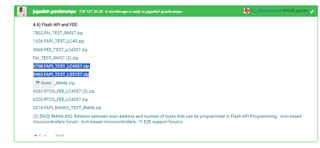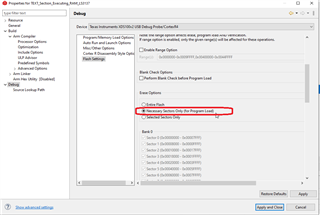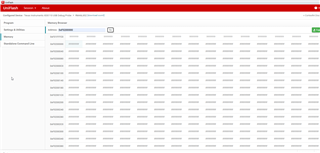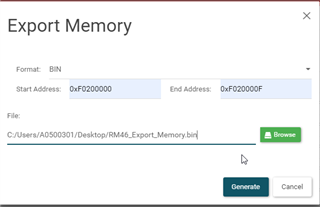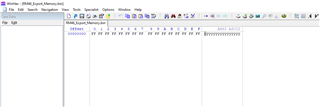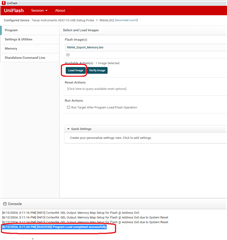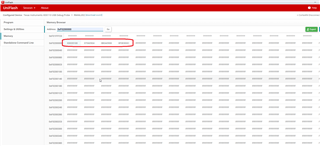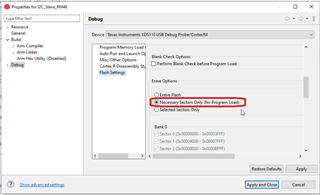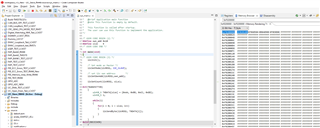Other Parts Discussed in Thread: UNIFLASH
Tool/software:
Hello,
For out production usage, we would like to know if it is possible to flash / erase the EEPROM as a part of flash by using CCS or uniflash tools (with JTAG)?
If it is possible, Is there any tools which can help to generate a binary file (like a .hex or .out) for EEPROM ?
For the moment, we are using our boot software to initialize the EEPROM with FEE library.
However, for the production, we like to download the entier EEPROM content just like downloading our software code.
Thank you very much for your support.
Regards,
Hanlin YU


